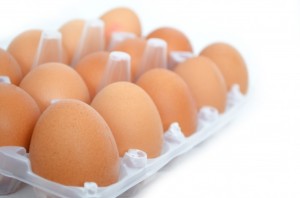Wellness @ Home – An “Out of the Club” Health Experience
In the ever-expanding health and fitness market, there are opportunities to do good work, and to expand business models. Wellness programs for the home healthcare market are a tremendous opportunity to do both.


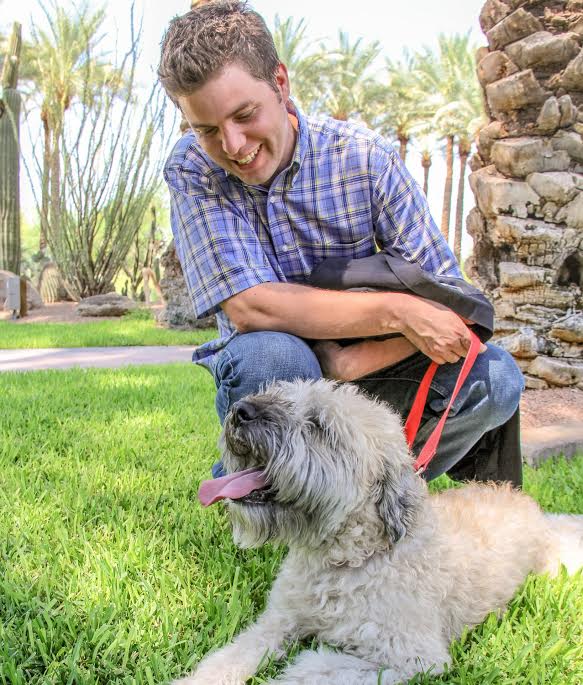
 In general, research has suggested when people overeat, about 85% of the excess calories get stored as fat and the rest gets lost as heat. Overfed fat cells grow in size and in number and provide a storehouse of energy. Obese people commonly have enough fat stores to last a year or more; even lean athletes have enough fat stores to fuel a month or more. Fat can be advantageous during a time of severe illness or a famine.
In general, research has suggested when people overeat, about 85% of the excess calories get stored as fat and the rest gets lost as heat. Overfed fat cells grow in size and in number and provide a storehouse of energy. Obese people commonly have enough fat stores to last a year or more; even lean athletes have enough fat stores to fuel a month or more. Fat can be advantageous during a time of severe illness or a famine. Purposeful exercise: This is what you burn during your workouts. This can vary considerably from day to day.
Purposeful exercise: This is what you burn during your workouts. This can vary considerably from day to day. Here is the fate of the 1,000 excess calories the subjects ate:
Here is the fate of the 1,000 excess calories the subjects ate: Boston-area sports nutritionist Nancy Clark, MS, RD offers one-on-one consults with both casual and competitive athletes. Her private practice is in Newton, MA (617-795-1875). For information about her Sports Nutrition Guidebook (2014) and food guides for runners, cyclists and soccer players, see
Boston-area sports nutritionist Nancy Clark, MS, RD offers one-on-one consults with both casual and competitive athletes. Her private practice is in Newton, MA (617-795-1875). For information about her Sports Nutrition Guidebook (2014) and food guides for runners, cyclists and soccer players, see 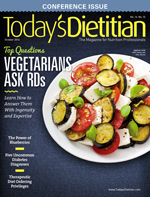
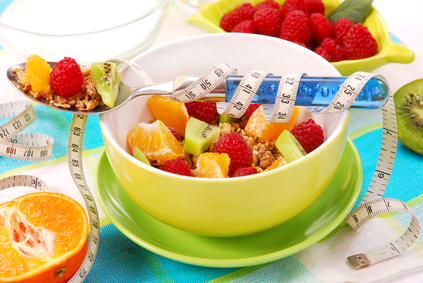
 many rowers, runners, swimmers, and ice hockey players who eat their breakfast the night before. That is, instead of eating a bowl of cereal at 5:30 a.m., they enjoy it at 10:00 pm, before going to bed. This food helps them wake up in the morning with a normal blood glucose (blood sugar) level, and provides energy for an enjoyable and effective workout.
many rowers, runners, swimmers, and ice hockey players who eat their breakfast the night before. That is, instead of eating a bowl of cereal at 5:30 a.m., they enjoy it at 10:00 pm, before going to bed. This food helps them wake up in the morning with a normal blood glucose (blood sugar) level, and provides energy for an enjoyable and effective workout.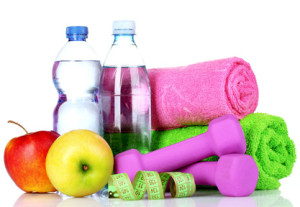 One client reported she didn’t eat before she went to the gym because she was exercising to burn calories. Why would she want to add calories to her diet? Wouldn’t that defeat the main purpose of her workouts?
One client reported she didn’t eat before she went to the gym because she was exercising to burn calories. Why would she want to add calories to her diet? Wouldn’t that defeat the main purpose of her workouts?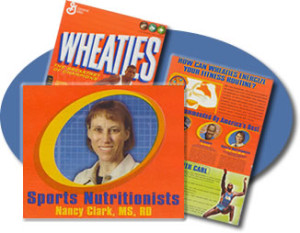 Boston-area sports nutritionist Nancy Clark, MS, RD offers one-on-one consults with both casual and competitive athletes. Her private practice is in Newton, MA (617-795-1875). For information about her Sports Nutrition Guidebook (2014) and food guides for runners, cyclists and soccer players, see
Boston-area sports nutritionist Nancy Clark, MS, RD offers one-on-one consults with both casual and competitive athletes. Her private practice is in Newton, MA (617-795-1875). For information about her Sports Nutrition Guidebook (2014) and food guides for runners, cyclists and soccer players, see 

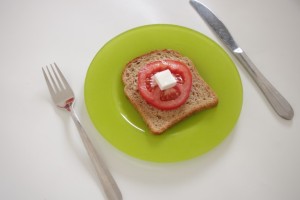 Neither! A better approach is to define nutrient needs according to body weight. For example, the International Olympic Committee developed these guidelines:
Neither! A better approach is to define nutrient needs according to body weight. For example, the International Olympic Committee developed these guidelines: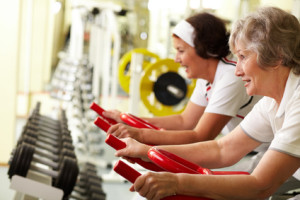 Training with low glycogen stores (“train low”) drives up the metabolic adaptations to burn more fat. By burning fat instead of glycogen, you’ll spare the limited glycogen stores. Theoretically, this should enhance stamina and endurance because glycogen depletion is associated with fatigue. To date, “training low” has been most effective in research with untrained individuals. Athletes who exercise with depleted glycogen are unable to exercise at high intensity and that may hinder performance.
Training with low glycogen stores (“train low”) drives up the metabolic adaptations to burn more fat. By burning fat instead of glycogen, you’ll spare the limited glycogen stores. Theoretically, this should enhance stamina and endurance because glycogen depletion is associated with fatigue. To date, “training low” has been most effective in research with untrained individuals. Athletes who exercise with depleted glycogen are unable to exercise at high intensity and that may hinder performance.